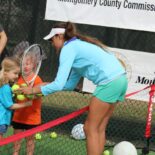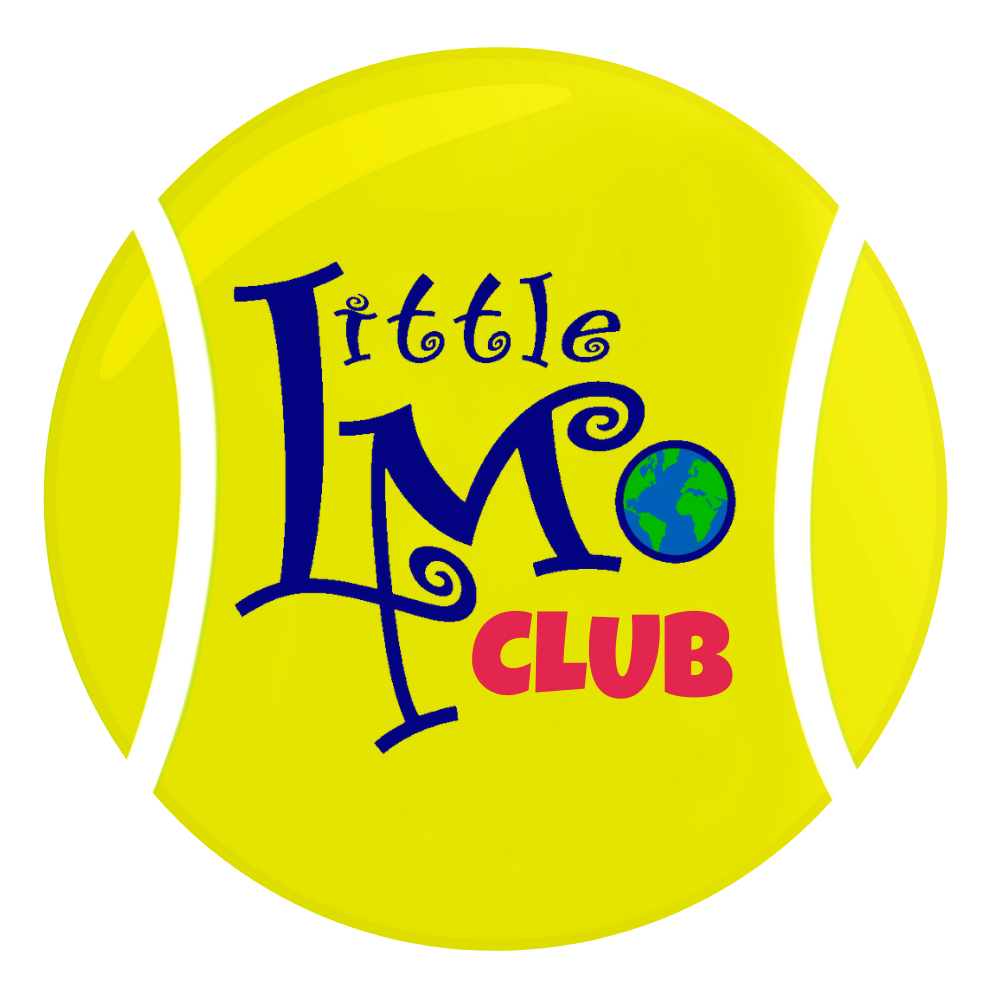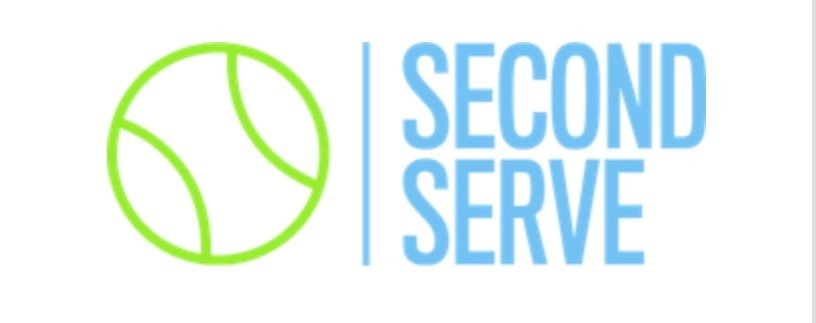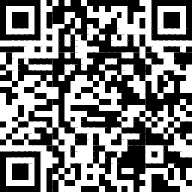Dr. Peter Scales’s COVID-19 Letter to His Team

Up Next
 We Must Support Our Coaches
We Must Support Our Coaches
The following was written by Dr. Peter Scales and sent to members of the high school tennis team he coaches. I am sharing here with his permission.
Hi everyone. As we all adjust to the new realities of life navigating the COVID-19 pandemic, I wanted to offer some suggestions for how your student-athletes (and you, because a bunch of you also are players!) can maintain and even grow their tennis (and life!) skills, even while observing all the restrictions and cautions necessary for all of us to stay safe and healthy.
Please share this email with your players. I plan also to follow-up later with some other resources that might be helpful. Warning: This is a LONG email with lots of hopefully useful information! Don’t be scared by how long it is!
IMPORTANT NOTE:
None of what I mention here is intended as medical or legal advice. As always, all of us are advised to obey the rules and restrictions set by our local, state, and national governments, including school districts, and to stay informed from reputable sources about the latest guidelines set forth by public health experts for staying safe and helping to stop the spread of the virus.
Should People Be Playing Tennis?
Things are changing rapidly, sometimes hourly. But as of this writing, March 25, outdoor exercise is still permitted, while observing social distancing and basic hygiene rules. Most if not all indoor tennis courts are unavailable, and some outdoor courts are also locked up, but some outdoor courts in our area are still open. Of course, people who are sick, whether from COVID-19 or any other sickness people can catch, should observe shelter-in-place/stay-at-home policies while getting their condition treated.
The safest step of all is simply not to play, as frustrating as that is. None of what follows here is a recommendation to go out and play! What follows is about staying safe if you choose to play, and it is allowed by local, state, and/or national authorities.
The next safest option is, grab a hopper of tennis balls and practice by yourself (more on that below).
But if it is still allowed, courts are available, you are not sick, and you choose to play with another person who also is not sick, here are some thoughts pulled from the U.S. Tennis Association (usta.com), and the Lawn Tennis Association of the U.K (lta.org.uk), with some of my own added.
1.Play with a member of your family you live with. Playing even with friends is much riskier.
2.Stick to singles. Although good doubles players are not crowding each other, the team nature of it makes it very difficult to maintain the proper 6 feet social distance if you’re playing doubles. And you can’t really huddle in-between points to encourage each other and plan the next point, but would need to use signals instead. It’s not impossible, but you have to be very good to do it consistently, and JV and most Varsity level players usually are not skilled enough to ensure safety.
3.Do NOT change ends. Pick a side and stay there.
4.No close contact with your hitting partner when resting–maintain social distancing.
5.Do NOT share racquets, balls, drinks, towels, etc. If you do play with someone who you do not live with, each of you use your own tennis balls from home–put your initials on them and only you pick them up. Use your racquet to pick up or roll balls to the person you’re playing with.
6.Wipe everything you use down with a sanitize wipe after play.
7.Wash hands with soap and warm water for 20 seconds before and after you play, or use sanitizing jels, sprays, or wipes if washing is not possible.
8.Do not touch your face.
9.Do NOT use public changing areas, drinking fountains, or rest rooms.
10.Do not shake hands with your opponent. You can nod, wave, smile, but keep the social distance. If you racquet bump instead of shaking hands, wipe your racquet down afterwards.
11.When arriving at the court, use sanitized wipes to wipe down any gates you need to open. Do the same when leaving the court. Go home immediately after play, wash your hands for the usual 20 seconds at least, and keep social distance from people waiting to play.
It’s pretty hard to do all these things effectively, which is why the best things are: don’t play, then hit by yourself, and then hit with a family member you live with, who is not sick.
Hitting By Yourself
Some of you will find it useful to get some tennis training aids to make hitting by yourself easier and more productive. Some of these will allow you to practice in your own driveway. The best place I know for these is OncourtOffcourt.com. They have a wide variety of things, most of which are pretty affordable (ball machines are up there in price of course). I get all my coaching aids from them. Good products and great service.You can also just google “tennis training aids” and lots of leads will show up for you to explore.
If you can find an open court, remember to put your initials on the balls you bring. Make it clear to anyone else there they should not pick up your balls that stray into their court. You will need to get them. Do not pick up anyone else’s ball that rolls into your court. Roll it back with your racquet.
Plan your routine before you get there, so your time is productive and fun! When I practice by myself, I will already have warmed up by going to the gym, which are all closed now. So, before you hit, make sure you’ve done a good 15-20 minutes of jogging, biking, or other dynamic exercise that moves the whole body and gets you a little sweaty. Do arm circles too to loosen up your shoulders. Jumping jacks, high step jog in place, 10 second sprints w 20 seconds in between, anything like that.
Do NOT start out doing “static” stretches where you just stand there and bend over, for example, trying to touch your toes. If you do those before you’re warmed up, you’ll just hurt the muscles and actually make them more rigid, not looser, inviting injury. Save static stretches for cooling down after your practice session.
After warming up like that, shadow swing 5-10 FHs and 5-10 BHs. Really focus on good form and slow but rhythmic swings. Then drop the ball to your side and hit 10-15 FHs to targets you name out loud (cross court, down the middle, down the line). Do the same with BHs. How many targets out of 10 can you hit? Set goals and get better!
Then practice lobs, both FH and BH lobs. Shadow swing 5-10 like you did with the groundstrokes, and then drop the ball and hit 10 FH lobs and 10 BH lobs. Try to get them to land halfway between the service line and baseline. How many out of 10 can you land there?
Then practice serves. Hit 2 from the deuce side–a first serve and then a second serve–and then 2 from ad side. Do 20 from each side. Name targets for each one, out loud or to yourself–Alley (out wide), Body (into opponent’s body), Center (down the T). As you get better, start challenging yourself to hit a certain number of targets (if you start out only being able to hit 5 of 20 serve targets, aim for 6 or 7, and keep increasing the expectation as you improve). Use different spins if you can do that, and vary your speeds, but always focusing on being rhythmic, smooth, and one continuous motion from pre-toss to recovery after landing following the serve.
Then play out imaginary points. Serve 1 from the deuce side as if starting a game, with 3 balls in your pocket, and immediately drop one of the 3 balls to play back your opponent’s imaginary return. Visualize where that imaginary return would likely go based on the serve you hit, and play your reply from that spot. Construct an imaginary point and play it out with the remaining 2 balls. Then serve from the ad side and play out another 4 ball point. You can play an imaginary set like this. You can practice being the returner by dropping the ball and starting the point with a return off an imaginary serve to different spots, that forces you to hit different kinds of returns, including lob returns. Focus on good return targets, split-stepping before you drop the ball (to simulate splitting as the opponent hits the tossed ball), and a shorter backswing than you would for a usual groundstroke.
When playing imaginary points, split step before you drop the ball and practice your footwork and proper movement. Challenge yourself by dropping the ball farther away from you so you have to really move–on a diagonal whenever possible!–to get to it. Stretch yourself by making all this harder and harder as you get good at it.
You can practice overheads too, by tapping the ball high up in the air with your racquet and then taking it out of the air, or let it bounce and hit your overhead off the bounce. That is usually easier to do. Hit it high behind you, off to your side, short in front of you, etc. so you have to use a variety of footwork moves to get to it. Focus on turning so your non-racquet shoulder is pointing toward the other side of the court, getting your racquet and arms into a power triangle shape above your shoulders, and pointing toward the ball with your non-racquet arm.
If there is a wall, you can practice volleys by getting 3-6 feet from the wall and, starting gently, tap the ball to the wall so it comes back between waist and shoulder height, alternating hitting so it bounces back to give you a FH volley and then BH volley. Speed it up and vary the height, including let it drop lower so you have to hit low volleys, and vary the distance from the wall–sometimes closer and sometimes backing up farther away–as you get better. The key here is keeping your racquet up above your wrist and out in front of you. This wall exercise will really strengthen your seeing of the ball, hand-eye coordination and hand speed, and speed of footwork at the net!
Getting Better While At Home
Here are some ideas from toptennistraining.com, supplemented by some of my thoughts. These are good ideas for improving in tennis while being home and off the court.
Home Workouts (if you are medically able to do so!)
Without the gym to go to these days, most people are figuring out how to work out at home. Dedicate 1/2 hour to an hour a day most days of the week. Start with cardio that gets your heart rate up a little and gets you sweating a little. 10-20 minutes. If you don’t have a stationary bike or a treadmill etc., you can just jog around a space in your home. Vary your direction so you’re pushing off each leg roughly the same amount of the time. You can make it more interesting by listening to music and jogging to the beat of your playlist, going faster with uptempo songs and slower with slower ones. Add shadow-boxing jabs, crosses, and uppercuts to involve your upper body while you jog. Do pushups and crunches. If you don’t have weights, you can use a couple of heavier books to do simple lat pulldowns, squats, bicep curls, and triceps stretches. Do Russian Twists and Woodchoppers for dynamic stretching. If you don’t have a medicine ball for those, hold your racquet. Do 1 leg balancing exercises. Do hops from 1 foot to the other over a 2-3 feet wide space and hold your landing for a count of 1-2-3 after you land.
Shadow Swings
Do in front of a mirror if you can. Start w 1 racquet, Pay attention to getting great form, but do these with as much intensity as you can while maintaining good technical form. 20 reps of each stroke (FH, BH (BH drive and BH slice), FH volley, BH volley, Serve and OH if you have high enough ceilings, Lobs). Now hold 2 racquets (you’ll have to improvise your grip for this), and do same routine, but just 10 reps of each stroke. Then you can go back to 1 racquet but do it standing on 1 leg. Do a set of strokes standing on each leg.
Increase Tennis Knowledge
Pick a few topics you want to know more about, and look for videos, articles, blogs, and books about it. The possibilities are endless. Not just about strokes and technique, but nutrition, strength and conditioning, the mental and emotional game, strategy, etc. Try different tennis websites and see what they have that works for whatever level you are right now, but that stretches you. Among the sites I recommend are: EssentialTennis.com, TennisFiles.com, TopTennisTraining.com, OnlineTennisInstruction.com, JorgeCapestany.com, and WebTennis.com. Parents will find ParentingAces.com and MarianneWerdel.com especially helpful. WayofChampions.com and ChangingtheGameProject.com are more about sports in general than just tennis, and have a lot of really useful information and resources.
Coordination Drills
*2 balls, 1 in each hand. Bounce at same time and catch them. Vary the height and speed as you get better. Try for 30 seconds and increase to 1 minute.
*tap up 1 ball with a racquet, while bouncing the other with your other hand. Start with racquet in your dominant hand. Then do a set with racquet in your “off” hand. Try for 30 seconds and work up to 1 minute.
*Toss and catch ball balls off a wall at the same time. Try for for 30 seconds and work up to 1 minute.
Visualization and Imagery
Practicing visualization and imagery is a great substitute for actual play. Studies show that athletes who are injured, for example, lose far less of the sport skills during rehab if they visualize playing their sport successfully.
Get yourself into a relaxed frame of mind and body by doing 1-3 minutes of belly breaths, in through the nose for 3 seconds, out through the mouth for 6. Focus on relaxing the muscles in your hands, arms, shoulders, neck, and face, then to your chest and abdomen, back, upper legs, lower legs, ankles, and feet.
Then imagine a match (singles or doubles) in which you are playing well, freely, having fun, being smooth and unhurried yet quick and light on your feet, you are hitting each shot as it is meant to be hit, acting with positive body language and embracing all the nerves you feel at the start of the match and at key moments, not fighting any feelings but just noticing them and naming them and saying that’s ok. See yourself working seamlessly with your partner if it’s doubles, planning your point ahead of time, moving in coordination during the point, encouraging each other and smiling after the point as you plan the next one. Imagine yourself serving, returning, running for balls, coming into the net and volleying, executing beautiful overhead smashes and lobs. Bring into your imagining not just what you see, but all the sounds you hear, the smell of the ball and other smells around you, the taste of dryness in your mouth when nervous, the way your heart pounds, the feel and taste of your sweat, the feel and taste of your water on changeovers. Make it as vivid as you can. Start with 1-3 minutes of disciplined, vivid imagery. Although you can work up to more minutes from there, ultimately your goal is also to be able to do the imagery when you’re on the court, before and after points, quickly. So, as you practice imagery, start figuring out what “cue” words or phrases you can use, plus proper breathing, to quickly get yourself in that positive imagery state. Each person will have their own way of triggering that state. What words get you to have those positive images quickly? Examples are Calm, Relax, Trust, It’s All Ok, Right Now, etc.
None of these steps is the same thing as playing. But nothing is the same as it was just a few short weeks ago. At some point, we WILL get back to playing. It might be after school ends for the summer, no one knows. But we will get there, back to the game we love! In the meantime, the more committed players can be to hitting by themselves, doing home gym workouts, shadow swings, increasing tennis knowledge, coordination drills, and visualization and imagery, the more chance they have of coming back with even better skills, despite not being able to play all this time.
How you deal with this moment is a choice. Choose to get better, no matter what, and you’ll be a better player but you’ll also be a mentally and physically stronger one, and you’ll just get through all this in a healthier, more balanced way that’s good for you and everyone around you!
Stay safe and healthy, and more later!
Coach Pete
***
—
Peter C. Scales, Ph.D., USPTA













Comments are currently disabled for this post